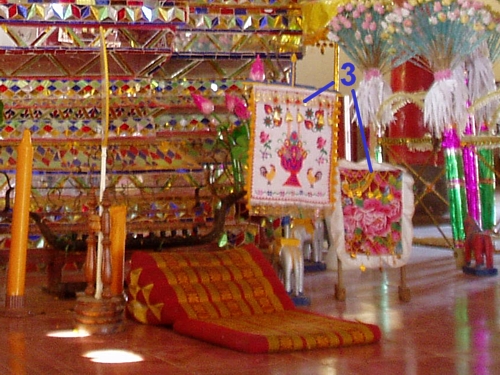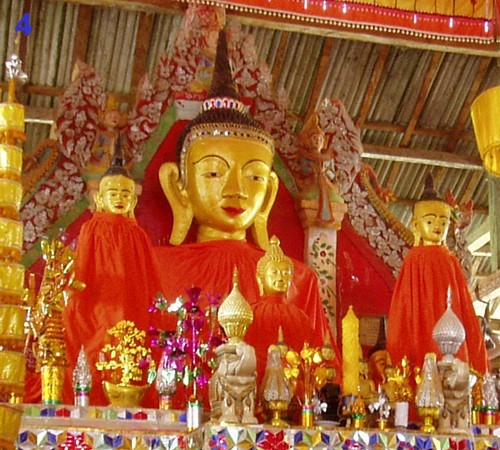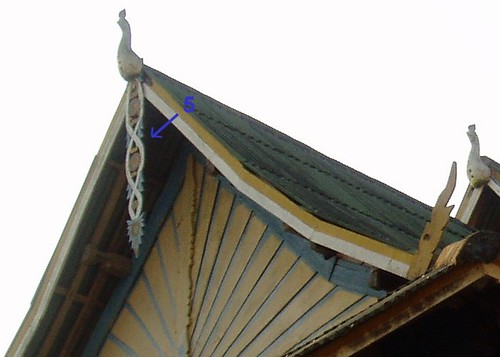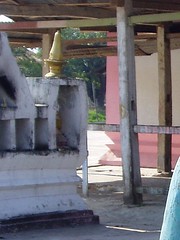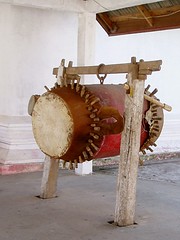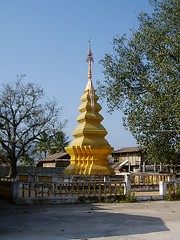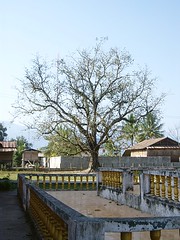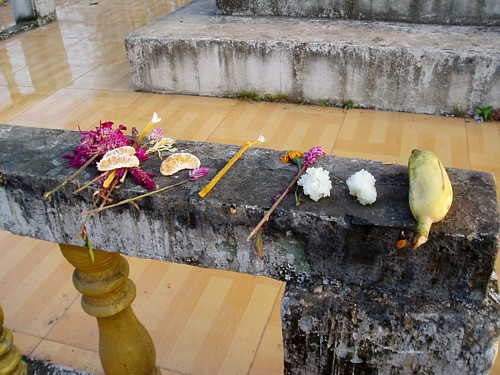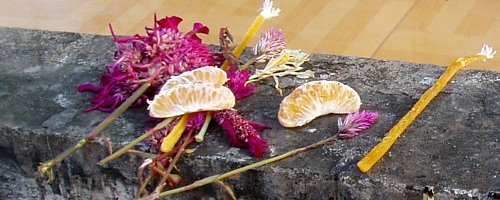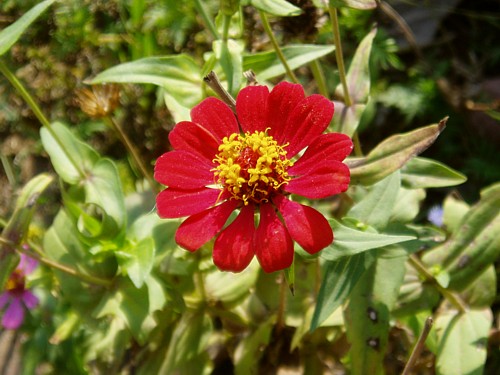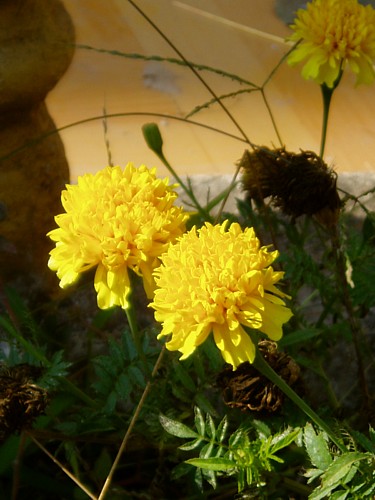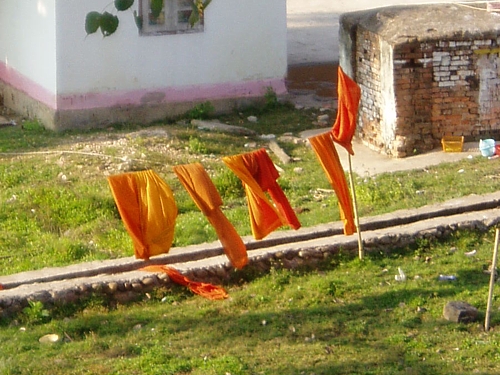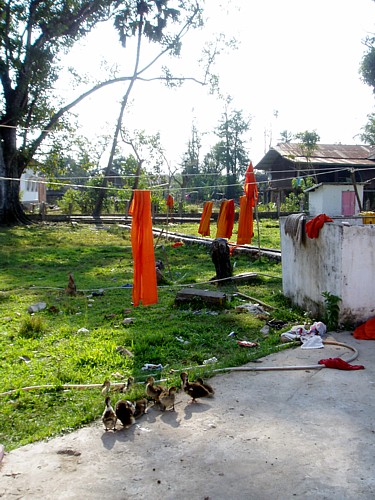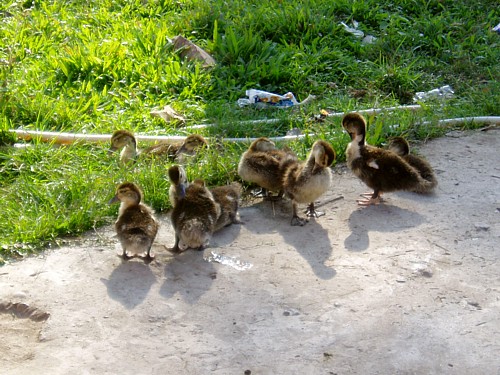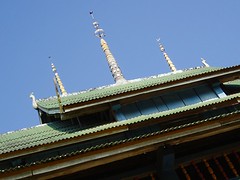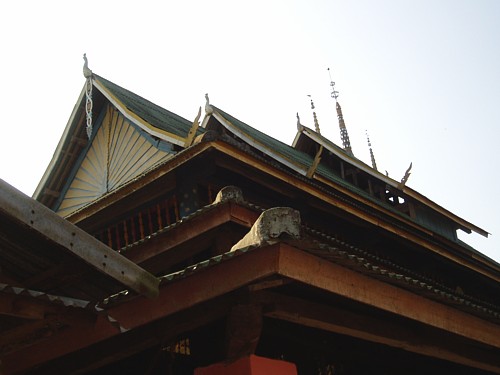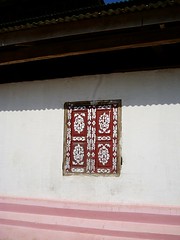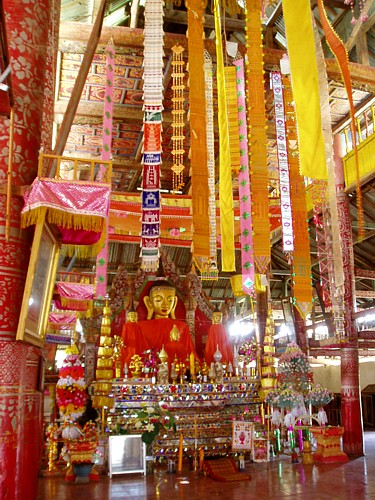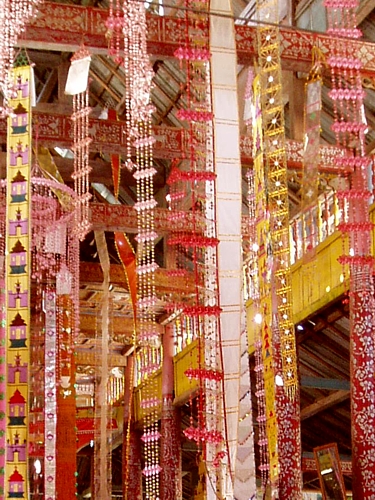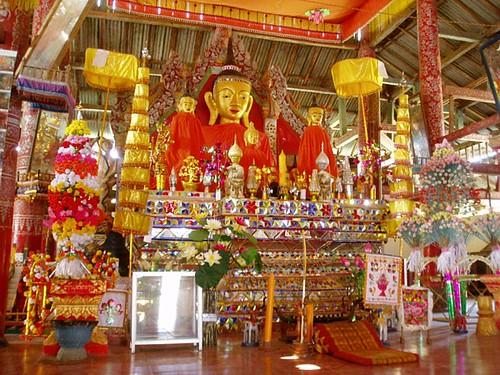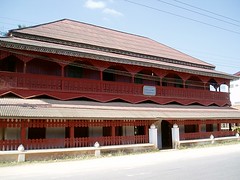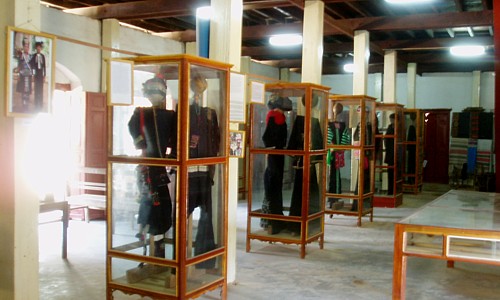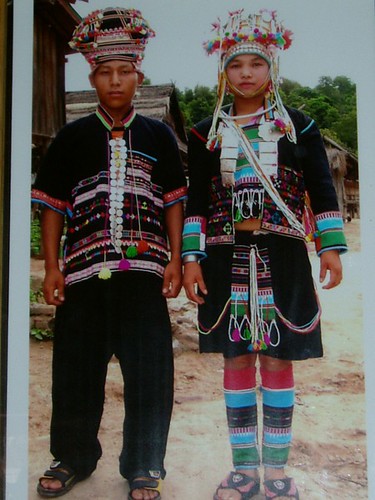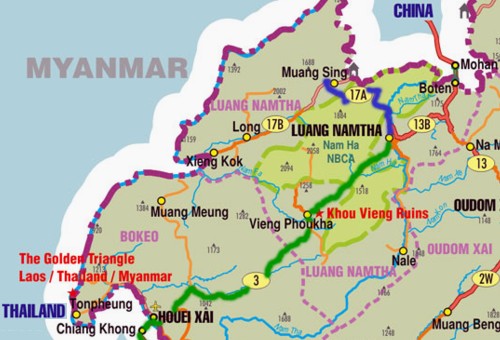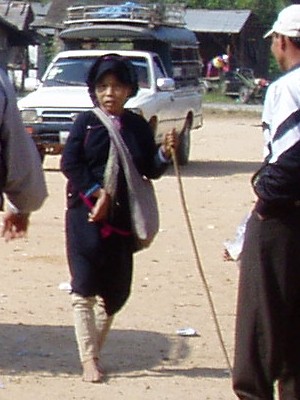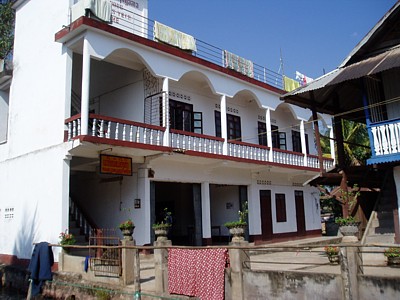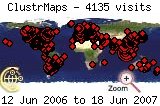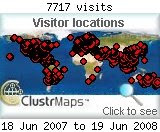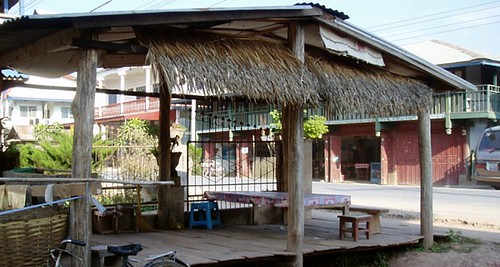
Empty save for the women who stake out guesthouses & restaurants along the main street peddling bracelets, scarves & opium, who have earned their mention in just about every travel guidebook's writings about Muang Sing's notoriety for opium (Muang Sing & Luang Namtha's positions along the opium route - upper right). The cat first spotted them from the songthaew as it arrived from Luang Namtha, & saw them each time it walked along the main street - always in a group, tailing & approaching tourists, & sitting down by the road to share lunch or to rest.
For there to be a supply, there has to be a demand?
Muang Sing & Vang Vieng are right smack on the 'opium tourism' map for those seeking 'happy meals' & 'happy shakes' to go with treks & river tubing. & way before backpackers came to town there was the CIA - the cat was told that the whole Golden Triangle thing came about when the CIA supported the drug trade in order to fund their anti-communist operations during the Indochina/Vietnam wars (see The Politics of Heroin: CIA Complicity in the Global Drug Trade by Alfred W. McCoy)...somehow many of the big fat problems that Indochina countries face today can be traced back to the USA? e.g. flesh trade & 'Amerasians' - American GIs, UXO/Agent Orange - US bombing, Laotian Hmong flooding Thai refugee camps - CIA trained & armed & then abandoned...& likewise for Afghanistan (Golden Crescent), Iraq, & wherever else USA is meddling...
For hilltribe people who can only dream of access to medical facilities, opium is for pain relief & their palliative care for the elderly sick (& also for use as offerings to spirits in rituals)...not as if the average hilltribe person who has toothaches, arthritis, or rheumatism can afford to see a dentist or doctor, or have the option of surgery, radiotherapy or chemotherapy if (s)he has cancer?
If it were pharmaceutical giants negotiating with hilltribe people to buy tonnes of their opium crop to manufacture drugs for medical use, instead of backpackers buying grammes for cheap thrills or warlords using it to fund their armies, would hilltribe people cultivating opium be seen so negatively? In Tasmania the cat saw beautiful fields of red & pink opium poppies stretching as far as the eye can see, all perfectly legal.
The Akha women closed in on the cat, saw the Lahu shoulder bag made by Nasa that the cat was carrying, heard the cat say 'ma geu' ('don't want' in Akha), & an exchange of smiles later, left the cat alone for the rest of its short stay in Muang Sing =) The cat has (too many) Akha bracelets from Ban Apa, & would be receiving even more in two weeks' time =P


